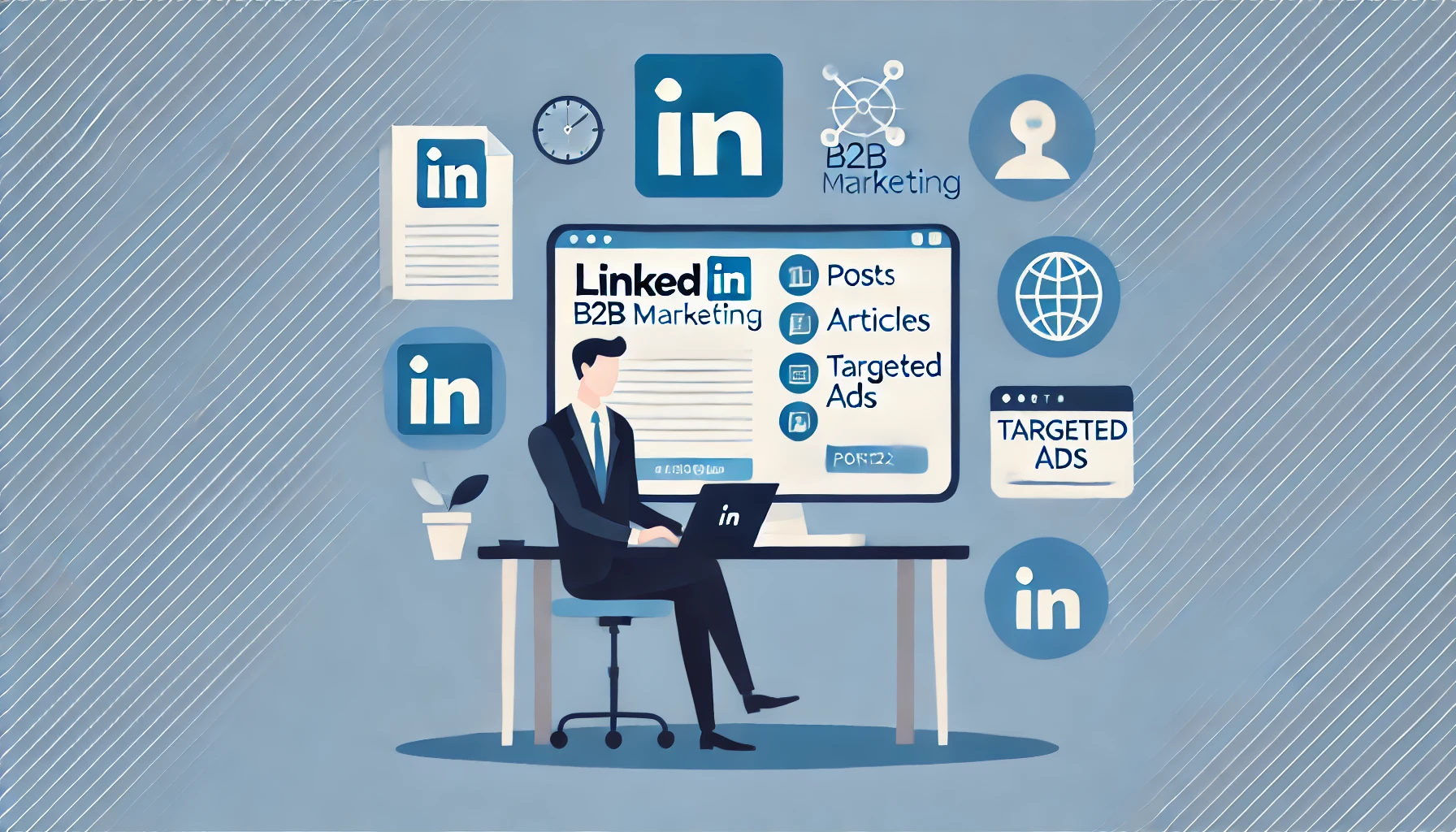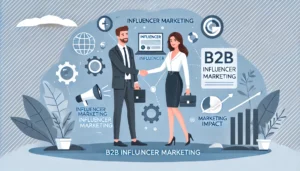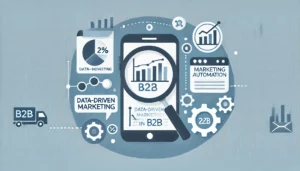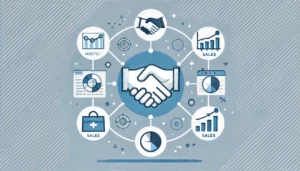Why LinkedIn is Essential for B2B Marketing

In the digital age, LinkedIn has emerged as a crucial platform for B2B marketing. With its vast network of professionals and a range of tools tailored for businesses, LinkedIn offers unparalleled opportunities for networking, lead generation, and brand building. This blog explores the reasons why LinkedIn is essential for B2B marketing and how businesses can leverage its features for maximum impact.
LinkedIn’s Professional Network
One of the primary reasons LinkedIn is invaluable for B2B marketing is its unique user base. LinkedIn boasts over 700 million users, primarily consisting of professionals, industry leaders, and decision-makers. This makes it an ideal platform for businesses looking to reach a targeted B2B audience.
Building Professional Relationships
LinkedIn facilitates the development of professional relationships through networking opportunities. Businesses can connect with industry leaders, potential clients, and partners. This networking capability is crucial for fostering long-term business relationships and establishing trust within the industry.
Thought Leadership and Brand Authority
LinkedIn allows businesses to establish themselves as thought leaders by publishing articles, updates, and sharing industry insights. Consistently posting high-quality content helps in building brand authority and demonstrating expertise. This, in turn, attracts more followers and potential clients who view the business as a trusted source of information.
Lead Generation and Sales Opportunities
LinkedIn is a powerful tool for lead generation and sales opportunities in the B2B space. The platform’s features are designed to help businesses identify and engage with potential leads efficiently.
LinkedIn as a Tool for Lead Generation
LinkedIn provides various tools that make it easier for businesses to generate leads. Features such as advanced search filters, group participation, and company pages help in identifying and connecting with potential clients. Additionally, LinkedIn’s robust data analytics allows businesses to track and optimize their lead generation efforts.
Features like Sales Navigator and InMail
LinkedIn Sales Navigator is an advanced tool designed specifically for sales professionals. It offers enhanced search capabilities, lead recommendations, and real-time updates on potential leads. InMail, LinkedIn’s messaging feature, enables direct communication with prospects, bypassing the need for email addresses and increasing the chances of engagement.
Targeted Advertising
LinkedIn’s advertising options are highly effective for reaching a specific B2B audience. The platform’s precise targeting capabilities ensure that your content reaches the right people, increasing the likelihood of generating high-quality leads.
LinkedIn Ads and Sponsored Content
LinkedIn Ads and Sponsored Content allow businesses to promote their posts and reach a broader audience. These advertising options are customizable, enabling businesses to target users based on various criteria such as job title, industry, company size, and more. This level of targeting ensures that your ads are seen by the most relevant audience.
Benefits of Precise Targeting Options
The precise targeting options available on LinkedIn help in maximizing the ROI of your advertising campaigns. By reaching the right audience, businesses can increase engagement rates, generate more leads, and ultimately drive more sales. Additionally, LinkedIn’s analytics tools provide insights into ad performance, allowing for continuous optimization and improvement.
Engaging Content Formats
LinkedIn offers a variety of content formats that are highly effective for engaging a B2B audience. Utilizing these formats can enhance your content marketing strategy and increase your reach and engagement on the platform.
Posts, Articles, and Videos
LinkedIn supports multiple content formats, including text posts, articles, and videos. Text posts are ideal for quick updates and sharing insights, while articles allow for in-depth discussions on industry topics. Videos, on the other hand, are highly engaging and can be used for tutorials, interviews, and company updates. Each format serves a unique purpose and can be strategically used to capture the attention of your audience.
Best Practices for Content Creation and Engagement
To maximize engagement on LinkedIn, it’s important to follow best practices for content creation. This includes using compelling headlines, incorporating visuals, and keeping content concise and relevant. Additionally, engaging with your audience through comments and shares can help build a community around your brand and increase visibility.
Analytics and Performance Tracking
Measuring the success of your LinkedIn marketing efforts is crucial for continuous improvement. LinkedIn offers comprehensive analytics tools that provide insights into how your content is performing and how your audience is engaging with it.
LinkedIn Analytics Tools
LinkedIn provides detailed analytics for both personal profiles and company pages. These tools offer metrics such as post impressions, engagement rates, follower demographics, and more. By regularly monitoring these metrics, businesses can gain valuable insights into what types of content resonate with their audience and adjust their strategies accordingly.
Optimizing Strategies Based on Data
Using data from LinkedIn analytics, businesses can optimize their content and marketing strategies. This involves identifying high-performing content, understanding audience preferences, and refining targeting options. By leveraging data-driven insights, businesses can improve their overall LinkedIn presence and achieve better results from their marketing efforts.
Case Studies of Successful B2B Campaigns
Examining successful B2B campaigns on LinkedIn can provide valuable insights and inspiration for your own marketing efforts. Here are a few examples of companies that have effectively utilized LinkedIn for B2B marketing:
Example 1: Microsoft
Microsoft has leveraged LinkedIn to share thought leadership content, engage with their audience, and promote their products and services. By regularly posting articles, updates, and videos, Microsoft has established itself as a leader in the tech industry and built strong relationships with other businesses.
Example 2: HubSpot
HubSpot uses LinkedIn to share educational content, such as blog posts, webinars, and eBooks. This content not only provides value to their audience but also positions HubSpot as an authority in the marketing and sales space. Their targeted advertising campaigns have also been successful in generating high-quality leads.
Conclusion
LinkedIn is an essential platform for B2B marketing due to its professional network, lead generation capabilities, targeted advertising options, and engaging content formats. By leveraging LinkedIn’s features and utilizing data-driven strategies, businesses can effectively reach their target audience, build professional relationships, and drive growth. Incorporate LinkedIn into your B2B marketing strategy today to take advantage of its unique benefits and elevate your brand.





